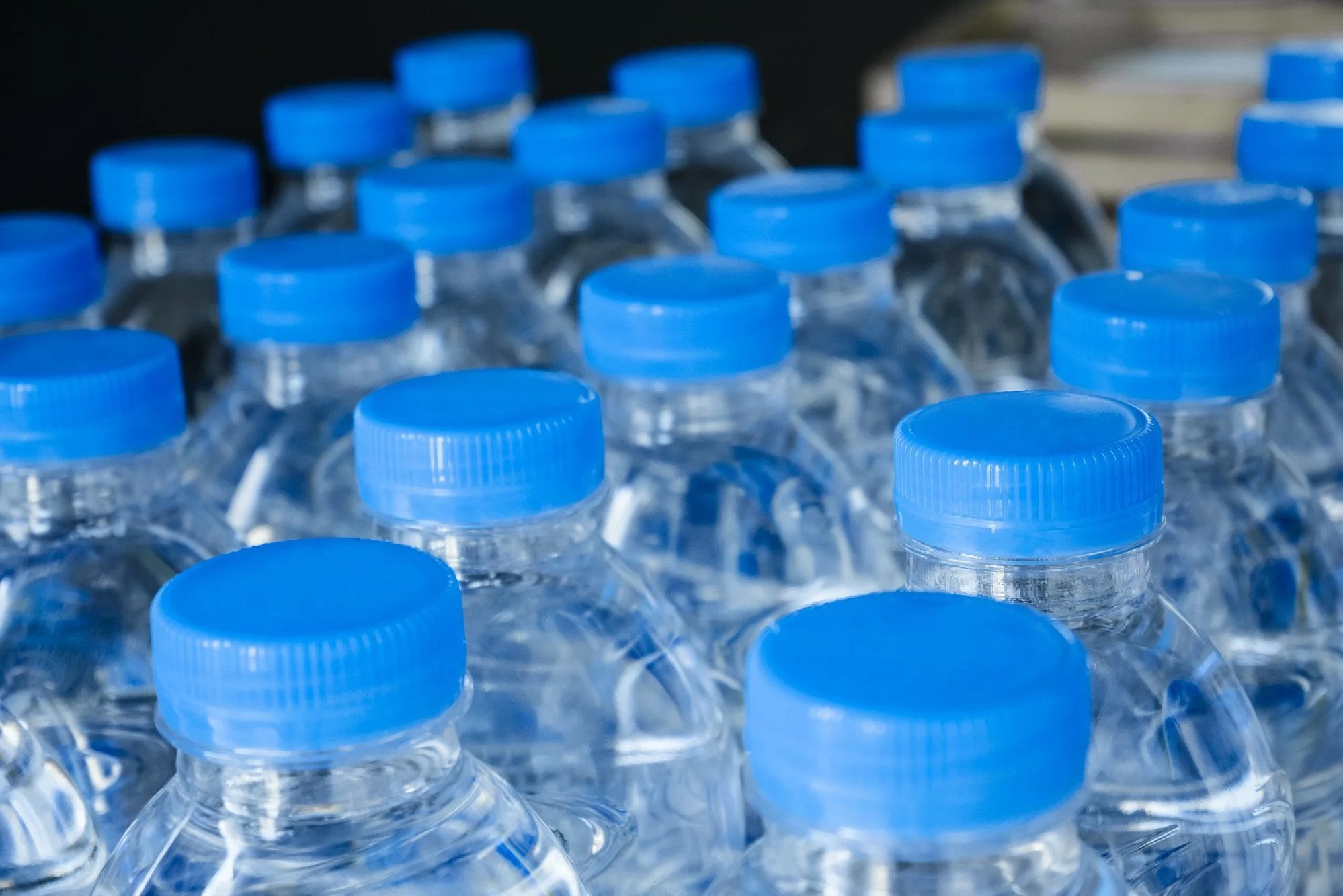

Articles
How To Store Water For A Long Time
Modified: January 7, 2024
Learn effective ways to store water for an extended period of time with these informative articles. Ensure your water supply remains safe and accessible.
(Many of the links in this article redirect to a specific reviewed product. Your purchase of these products through affiliate links helps to generate commission for Storables.com, at no extra cost. Learn more)
Introduction
Water is an essential resource for human survival, and having access to clean and safe water is vital in emergency situations or when faced with water scarcity. One way to ensure a reliable water supply is by storing water for a long time. Storing water allows you to be self-sufficient during natural disasters, power outages, or any situation where water may not be readily available.
In this article, we will discuss the importance of storing water, factors to consider before storing, choosing the right containers, preparing them for water storage, purifying and treating water, proper storage techniques, and the importance of rotating and replacing stored water.
Whether you’re a camping enthusiast, a prepper, or simply want to have a backup water supply, this article will provide you with the necessary information to store water effectively and ensure its long-term safety.
Key Takeaways:
- Ensure a reliable water supply during emergencies by storing water in food-grade containers, purifying it before storage, and rotating it every six months to maintain freshness and safety.
- By choosing the right containers, preparing them properly, and following storage guidelines, you can be self-sufficient and have peace of mind with a reliable, long-term water supply.
Read more: How To Store Water For Long Periods Of Time
Why is Storing Water Important?
Storing water is important for several reasons. Firstly, it provides you with a reliable water source during emergencies or natural disasters. In situations where municipal water supplies may be interrupted or contaminated, having stored water ensures that you have access to clean drinking water for you and your family.
Additionally, storing water allows you to be self-sufficient when faced with water scarcity or limited access to clean water sources. This is particularly important in areas where droughts or water restrictions are common. By having a stored water supply, you can decrease your dependency on external sources and ensure you have enough water for drinking, cooking, and hygiene purposes.
Furthermore, storing water provides peace of mind. Knowing that you have a sufficient supply of water gives you the confidence to tackle unexpected situations or emergencies without the added stress of searching for water or relying on uncertain sources.
Moreover, storing water allows you to save money in the long run. When water scarcity occurs, the price of bottled water or alternative water sources may skyrocket. By having stored water, you can avoid these price increases and potentially expensive water delivery services during emergencies.
Lastly, storing water enables you to help others in need. In times of emergencies or disasters, having extra stored water allows you to provide assistance to neighbors, friends, or community members who may be without a water supply.
Overall, storing water is crucial for ensuring your personal safety, self-sufficiency, and the well-being of your loved ones during emergencies or times of limited water availability. With a well-planned water storage system, you can mitigate the risks associated with water shortages and have peace of mind knowing that you are prepared for any situation.
Factors to Consider Before Storing Water
Before you start storing water, there are several important factors to consider to ensure that your stored water remains safe and usable:
1. Purification: It is essential to start with clean, potable water. Purify the water before storage to eliminate any contaminants or pathogens. You can use methods like boiling, filtration, or chemical disinfection, depending on the water source and your resources.
2. Water Quantity: Determine how much water you need to store. The general guideline is to store at least one gallon of water per person per day for drinking and sanitation purposes. Consider the number of people in your household and the duration you want to store water for.
3. Storage Space: Assess the available space in your home or storage area. Water containers can take up a significant amount of space, so make sure you have enough room to accommodate the desired amount of water storage.
4. Container Durability: Choose containers that are specifically designed for water storage. Look for food-grade containers made of materials like high-density polyethylene (HDPE) or polypropylene. These materials are durable, BPA-free, and do not leach harmful chemicals into the water.
5. Container Size: Opt for smaller containers rather than large ones. Smaller containers are easier to handle, rotate, and use in case of an emergency. You can also stack them neatly, maximizing storage space.
6. Sealing: Ensure that your water storage containers have proper sealing mechanisms to prevent leaks and contamination. Look for containers with airtight lids or caps that create a secure seal.
7. Location: Store your water containers in a cool, dark place away from direct sunlight. Sunlight and heat can promote algae growth and degrade the quality of the stored water. Also, avoid storing water near chemicals or substances that could potentially contaminate it.
8. Accessibility: Consider the accessibility of your stored water. Keep containers within reach and ensure that you have the necessary tools, such as a manual pump or siphon, to extract water from larger storage containers if needed.
9. Rotation: Develop a water rotation plan to ensure the freshness and quality of the stored water. Regularly use and replace the stored water to prevent stagnation or the growth of bacteria or algae. Generally, it is recommended to rotate stored water every six months.
10. Labeling: Properly label your water storage containers with the date of storage and any purification methods used. This will help you keep track of the freshness and ensure that you are using the oldest water first.
By considering these factors, you can effectively plan and implement a water storage system that meets your needs and ensures a safe and reliable water supply during emergencies or times of limited water availability.
Choosing the Right Containers
When it comes to storing water for the long term, selecting the right containers is crucial. Here are some factors to consider when choosing water storage containers:
1. Food-Grade: It is essential to choose containers that are specifically designed for food or water storage. Look for containers made of food-grade materials such as high-density polyethylene (HDPE) or polypropylene, which are approved for storing food and beverages.
2. Durability: Opt for containers that are sturdy and durable. They should be able to withstand rough handling, pressure, and potential impacts without leaking or breaking.
3. Size and Shape: Consider the size and shape of the containers based on your storage space and individual needs. Smaller containers are more manageable and easier to rotate, while larger containers can hold more water but may be harder to handle.
4. Opaque and Light-Resistant: Choose containers that are opaque or have a dark color to minimize light exposure. Light can promote algae growth and degrade the quality of the stored water. Opaque containers will help maintain water freshness and prevent the growth of unwanted organisms.
5. Sealing Mechanism: Ensure that the containers have a secure and reliable sealing mechanism to prevent leaks and contamination. Look for containers with airtight lids, gaskets, or screw-on caps to maintain the integrity of the stored water.
6. Accessibility: Consider how easy it is to access the water from the containers. Look for containers with handles or spigots that facilitate pouring or dispensing the water, especially for larger containers.
7. Stackability: If you have limited storage space, choose containers that are stackable. Stackable containers will maximize your storage capacity and allow for better organization.
8. Weight: Keep in mind the weight of the containers when filled with water. Ensure that they are manageable and can be safely stored without risking injury or damage.
9. BPA-Free: Select containers that are BPA-free. Bisphenol A (BPA) is a chemical commonly found in plastic products and can leach into water, posing health risks when consumed. Choosing BPA-free containers ensures that your stored water remains free from harmful chemicals.
10. Availability: Consider the availability and cost of the chosen containers. Look for containers that are readily available and affordable, as you may need to purchase multiple containers for adequate water storage.
Remember that it is essential to thoroughly clean and sanitize your containers before storing water to ensure the safety and quality of the stored water. By selecting appropriate containers, you can effectively store water for the long term and have a reliable source of clean water during emergencies or water scarcity situations.
Preparing Containers for Water Storage
Properly preparing your water storage containers is essential to ensure that the water remains safe and free from contamination. Follow these steps to prepare containers for water storage:
1. Clean Thoroughly: Before using any containers, wash them thoroughly with warm water and dish soap. Remove any dirt, residue, or labels from the surface. Rinse the containers well to remove any soap residue.
2. Sanitize: After cleaning, sanitize the containers to eliminate any remaining bacteria or contaminants. You can use a solution of 1 tsp of unscented household bleach per gallon of water. Fill the containers with the bleach solution and let it sit for a couple of minutes. Then, empty the solution and rinse the containers with clean water.
3. Air Dry: After sanitizing, allow the containers to air dry completely. Make sure there is no moisture left inside before filling them with water. Moisture can lead to the growth of bacteria or mold.
4. Seal Properly: Ensure that the lids or caps of the containers are tightly sealed to prevent any air, dust, or contaminants from entering. This will help maintain the quality and safety of the stored water.
5. Label and Date: Properly label each container with the date of preparation and a reminder to rotate the water regularly. This will help you keep track of the freshness of the stored water and ensure that you use the oldest water first.
6. Store in a Suitable Location: Place the prepared containers in a cool, dark, and dry location away from direct sunlight and chemicals. Avoid storing them near sources of potential contamination or in areas with extreme temperatures.
7. Regularly Check and Inspect: Regularly inspect the containers for any signs of damage, leakage, or discoloration. If you notice any issues, replace the container immediately to maintain the integrity of the stored water.
8. Rotate the Water: To ensure the freshness of the stored water, it is important to regularly rotate and replace it. It is recommended to rotate the water every six months. Use the stored water for everyday purposes and refill the containers with fresh water.
By following these steps, you can effectively prepare your containers for water storage and maintain the safety and quality of the stored water. Proper preparation and maintenance are essential to ensure that the water remains clean and drinkable during emergencies or times when access to clean water is limited.
Store water in clean, airtight containers made of food-grade plastic or glass. Keep them in a cool, dark place away from direct sunlight to prevent bacterial growth and maintain water quality. Rotate stored water every 6 months to ensure freshness.
Read more: How To Store Ginger For A Long Time
Purifying and Treating Water for Long-Term Storage
Before storing water for the long term, it is crucial to purify and treat the water to ensure its safety and prevent the growth of bacteria or other contaminants. Follow these guidelines to purify and treat water for long-term storage:
1. Boiling: Boiling is one of the simplest and most effective methods to purify water. Bring the water to a rolling boil for at least one minute (or three minutes at higher altitudes) to kill most types of pathogens, including bacteria, viruses, and parasites. After boiling, let the water cool down before transferring it into storage containers.
2. Chemical Disinfection: Another common method to treat water is by using chemical disinfectants. Two commonly used chemicals for water treatment are chlorine bleach and iodine tablets. Follow the instructions provided with the product for the appropriate dosage and contact time. After treatment, let the treated water sit for 30 minutes before transferring it to storage containers.
3. Filtration: Filtration can remove larger particles, sediment, and some bacteria from the water. Use a filtration system specifically designed for water purification. Consider using activated carbon filters or ceramic filters to improve the taste and remove any remaining impurities.
4. UV Sterilization: UV sterilization is an effective method to kill bacteria, viruses, and other pathogens in water. UV sterilizers use ultraviolet light to destroy the DNA of microorganisms, rendering them harmless. Follow the manufacturer’s instructions for proper usage and exposure time.
5. Prevent Recontamination: After purifying the water, make sure to keep it in clean and sanitized containers. Avoid touching the inside of the containers or pouring the water into contaminated vessels. Use a clean ladle or pouring spout to transfer the water to prevent recontamination.
6. Water Test Kits: Consider using water test kits to assess the quality of the treated water periodically. These kits can detect the presence of bacteria, chemicals, or other contaminants. Regular testing will ensure the ongoing safety and potability of the stored water.
It’s important to note that purifying and treating water should be done prior to storage. Stored water should be sealed in clean, airtight containers to prevent contamination from external sources. Additionally, remember to rotate and replace the water periodically to maintain its freshness and effectiveness.
By purifying and treating water before storage, you can ensure that the stored water remains safe and free from harmful pathogens or contaminants. This will give you peace of mind knowing that you have a reliable supply of clean water in emergency situations or when access to safe drinking water is limited.
Proper Storage Techniques
Proper storage techniques are crucial to maintain the quality and safety of stored water for the long term. Here are some important storage techniques to follow:
1. Clean and Sanitize Containers: Ensure that the containers used for water storage are cleaned and sanitized before filling them with water. Follow the recommended cleaning guidelines mentioned earlier in this article.
2. Avoid Sunlight Exposure: Store the water containers in a cool, dark place away from direct sunlight. Sunlight can promote the growth of algae and bacteria in the water, which can compromise its quality.
3. Protect from Extreme Temperatures: Avoid storing water containers in areas prone to extreme temperatures, such as near heaters or in unventilated areas. Extreme heat or cold can damage the containers and affect the quality of the stored water.
4. Keep Containers Elevated: Place the water containers on elevated surfaces or shelves to prevent them from coming into contact with the floor. This will minimize the risk of contamination from dirt, pests, or potential spills.
5. Proper Ventilation: Ensure that the storage area has adequate ventilation to prevent the buildup of moisture, which can lead to the growth of mold or mildew. Good ventilation helps maintain the freshness of the stored water.
6. Regular Inspections: Periodically check the containers for signs of damage, leakage, or any changes in the water quality. Replace any damaged or compromised containers immediately to prevent contamination.
7. Secure Lid Seals: Make sure that the lids or caps of the water containers are tightly sealed to prevent air, dust, or pests from entering. Loose or damaged seals can lead to a loss of water quality.
8. Label and Date: Label each container with the date of storage and periodically check the dates to ensure that the oldest water is used first. This helps with proper rotation and prevents the use of stale water.
9. Rotate and Replace: Regularly rotate the stored water by using it for daily purposes, such as drinking or cooking, and refill the containers with fresh water. It is recommended to rotate stored water every six months to ensure its freshness.
10. Consider Water Treatment Tablets: In addition to regular rotation, you can also use water treatment tablets or drops designed for long-term water storage. These can help maintain the quality of the stored water by preventing the growth of microorganisms.
By following these proper storage techniques, you can ensure that the water remains safe, clean, and of high quality for an extended period. Adequate storage practices are essential in maintaining a reliable and accessible water supply during emergencies or times of limited water availability.
Rotating and Replacing Stored Water
Rotating and replacing stored water is essential to ensure its freshness and maintain its quality over time. Here are some guidelines to follow when it comes to rotating and replacing the stored water:
1. Establish a Rotation Schedule: It is important to develop a rotation schedule to ensure that the stored water is regularly used and replaced. A general guideline is to rotate the water every six months. However, more frequent rotation may be necessary in hotter climates or if the storage conditions are not optimal.
2. Use Stored Water for Everyday Purposes: Incorporate the stored water into your daily routine by using it for drinking, cooking, or hygiene purposes. This helps prevent the water from becoming stagnant and ensures that you are regularly consuming and replenishing your water supply.
3. Monitor Water Quality: Regularly check the stored water for any changes in taste, odor, or appearance. If you notice any significant changes or signs of contamination, it is best to discard that batch of stored water and replace it with fresh water.
4. Label and Date Containers: Properly label each container with the date of storage. This helps you keep track of the age of the stored water and allows you to use the oldest water first, ensuring that it does not go beyond its recommended rotation period.
5. Inspect Containers: Periodically inspect the storage containers for any signs of damage, leakage, or deterioration. Damaged containers should be replaced immediately to prevent any potential contamination.
6. Purify Replenished Water: When replacing the stored water with fresh water, ensure that the newly added water is properly purified and treated. Follow the purification methods mentioned earlier in this article to remove any potential contaminants before storing the fresh water.
7. Consider Water Treatment Tablets: In addition to regular rotation, you can also use water treatment tablets or drops designed for long-term water storage. These tablets or drops can help maintain the quality of the stored water by preventing the growth of microorganisms, even during extended storage periods.
8. Keep Track of Your Water Supply: Maintain a record or inventory of your water storage system, including the date of rotation, total amount of water stored, and any other relevant information. This will help you track your water usage and ensure that you always have an adequate supply of fresh water available.
By consistently rotating and replacing stored water, you can ensure that your emergency water supply remains clean, safe, and fresh. This practice provides peace of mind knowing that you are always prepared with a reliable source of water during emergencies or times of limited water availability. Remember to always prioritize the health and well-being of yourself and your loved ones by maintaining a properly maintained and rotated water storage system.
Conclusion
Storing water for a long time is a critical preparedness measure that ensures you have access to clean and safe water during emergencies, natural disasters, or times of limited water availability. By following the guidelines discussed in this article, you can store water effectively and maintain its quality over an extended period.
Understanding the importance of storing water and considering factors such as purification, quantity, container selection, and proper storage techniques are key to ensuring the safety and accessibility of your water supply. Taking the time to purify and treat the water before storage, using suitable containers, and implementing proper storage techniques are essential steps in maintaining a reliable water source.
Remember to regularly rotate and replace the stored water to prevent stagnation and maintain freshness. The six-month rotation guideline is a good starting point, but adjust as needed based on your circumstances and storage conditions.
Having a well-prepared water storage system not only provides you with peace of mind during emergencies but also makes you more self-sufficient and allows you to assist others in need. It is a proactive step towards safeguarding the health and well-being of your family and community.
Stay proactive, regularly inspect your water storage containers, and ensure that stored water remains clean, safe, and potable. By following these guidelines, you can confidently face any situation knowing that you have a reliable, long-term water supply to rely on.
Remember, water is a fundamental resource, and by properly storing it, you are ensuring the well-being and survival of yourself and your loved ones, no matter what challenges may come your way.
Frequently Asked Questions about How To Store Water For A Long Time
Was this page helpful?
At Storables.com, we guarantee accurate and reliable information. Our content, validated by Expert Board Contributors, is crafted following stringent Editorial Policies. We're committed to providing you with well-researched, expert-backed insights for all your informational needs.
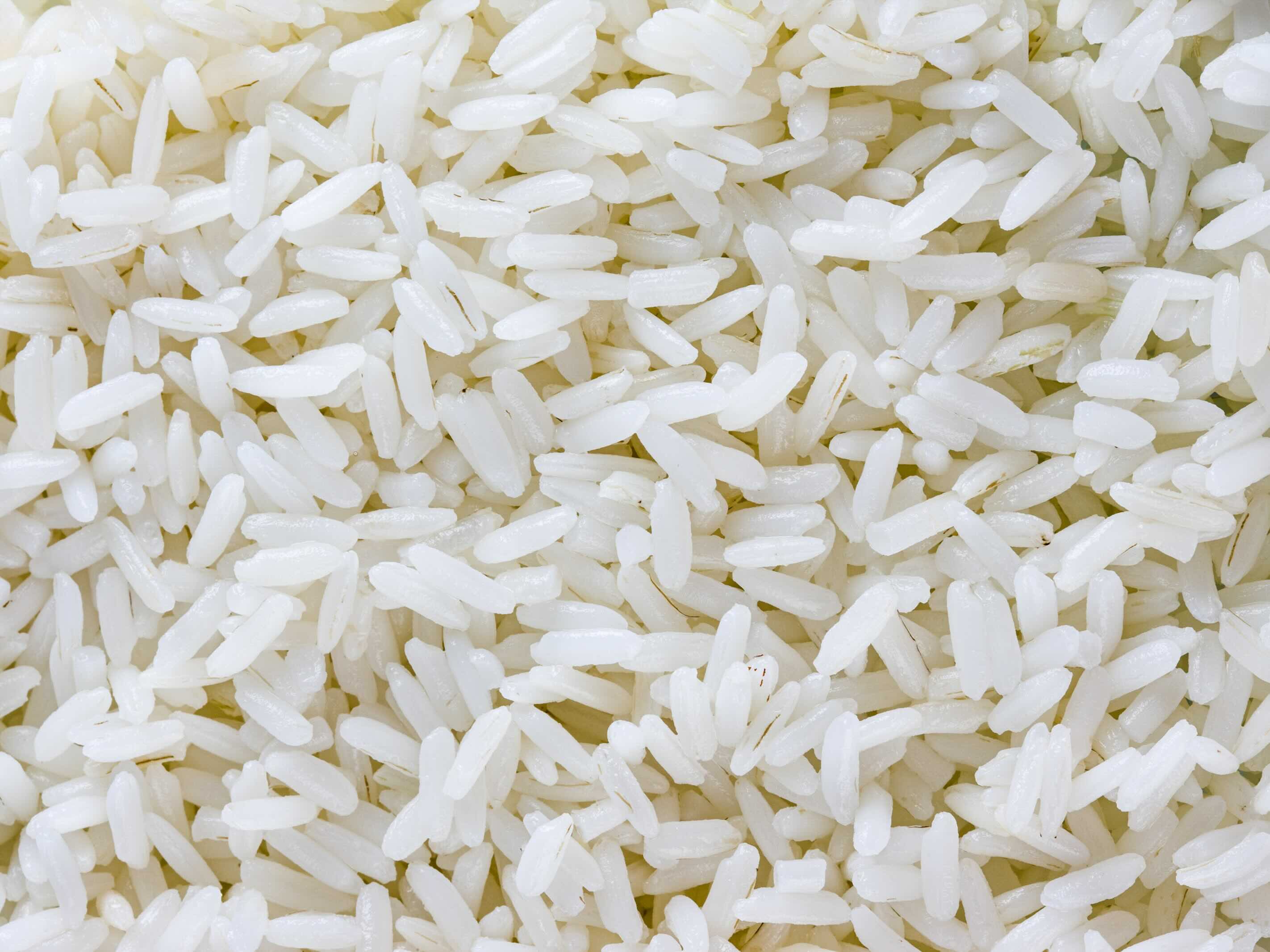

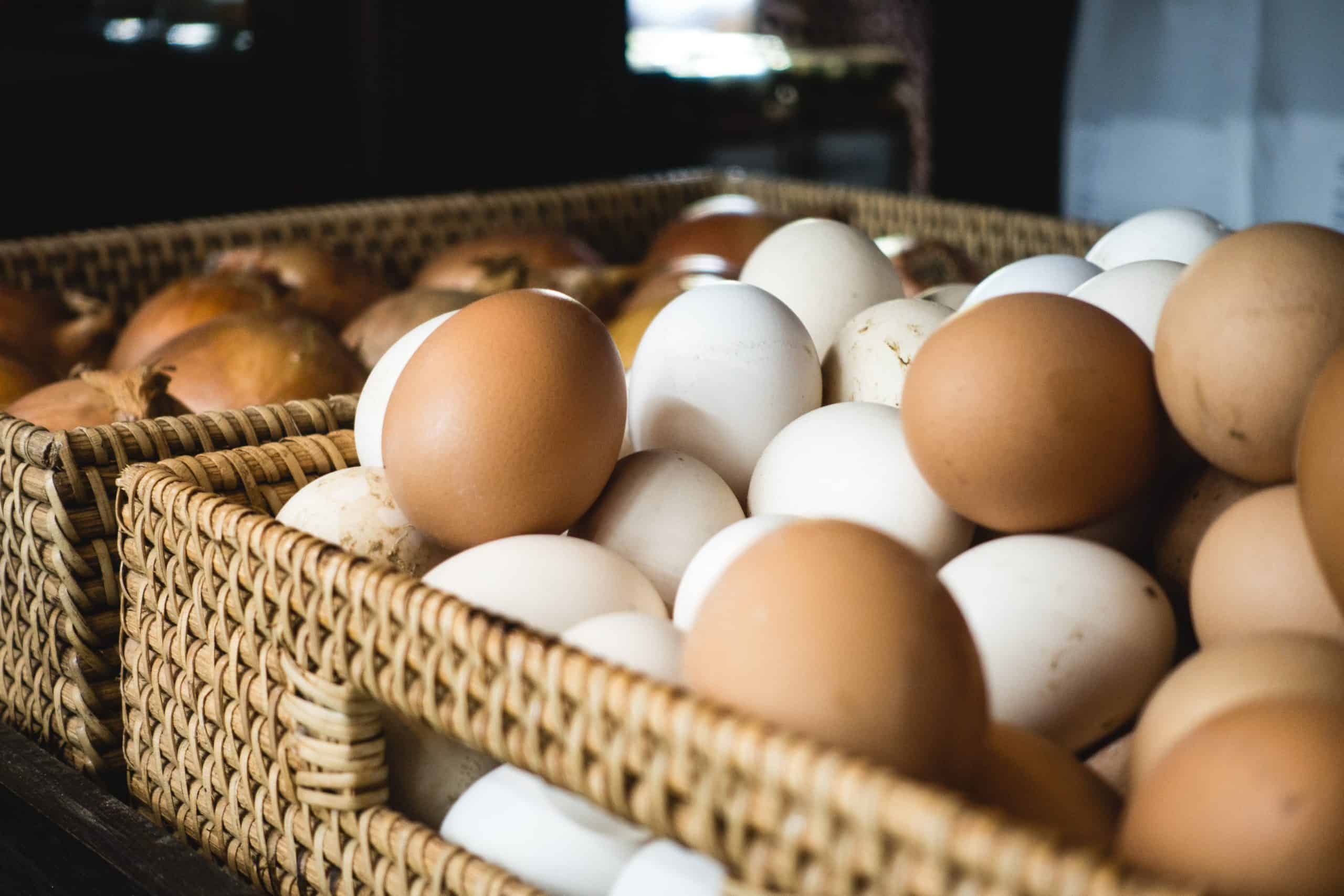
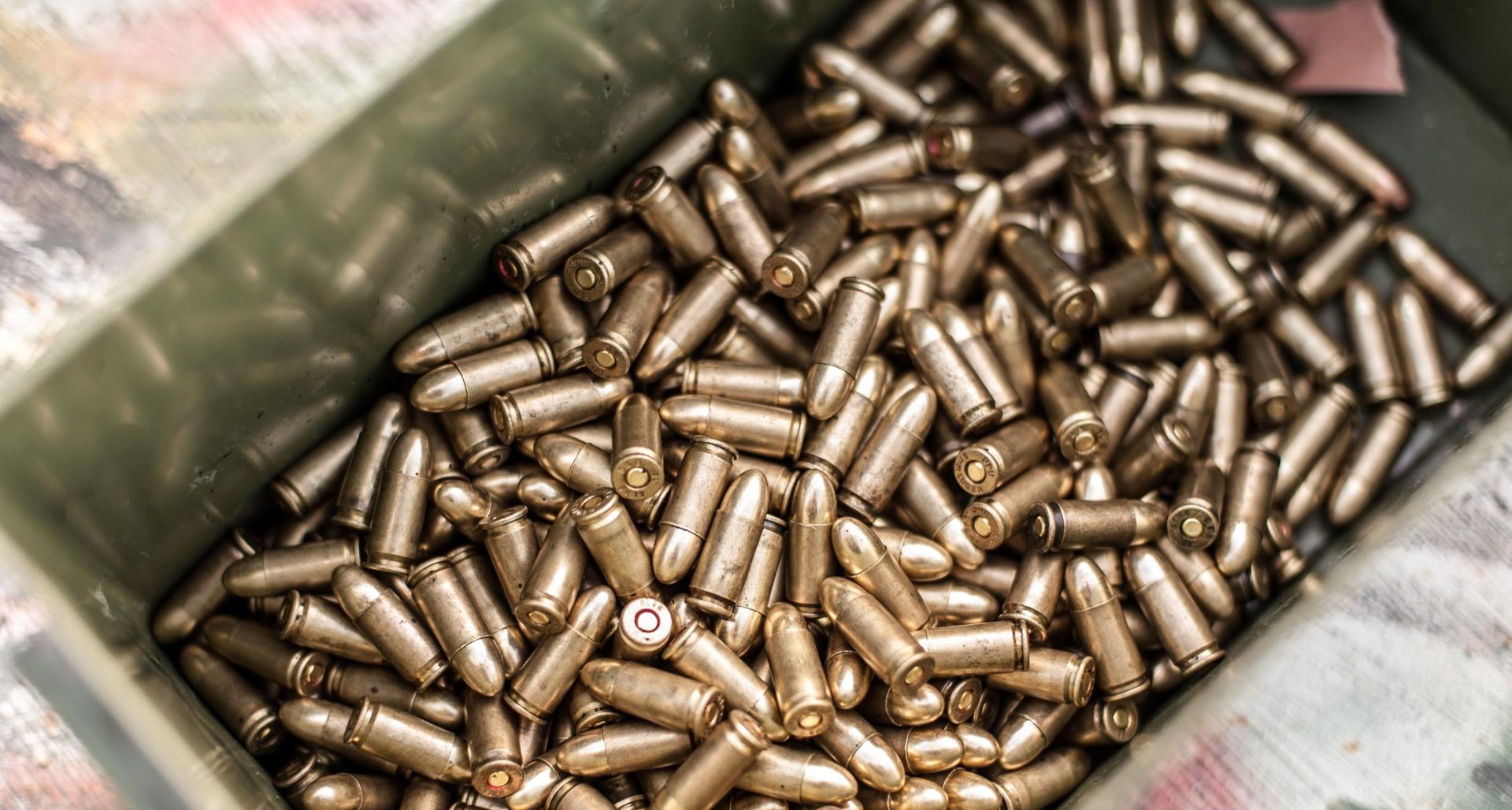
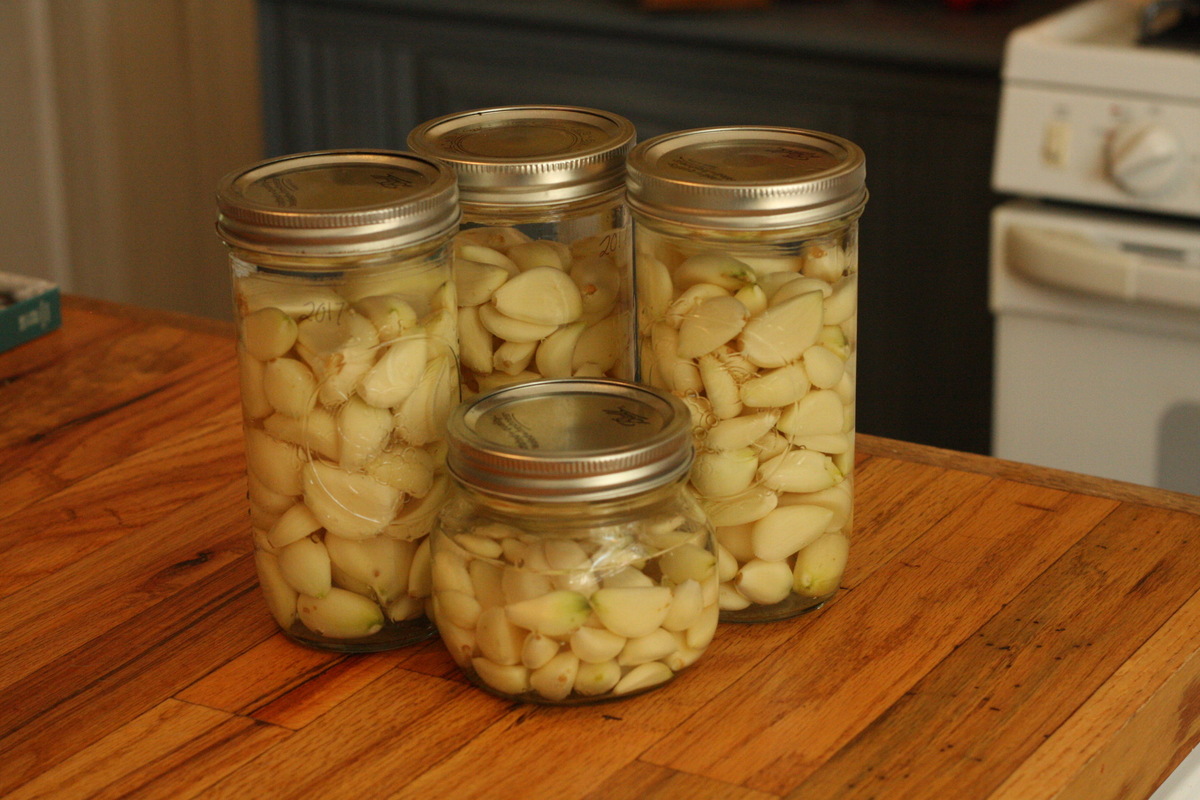
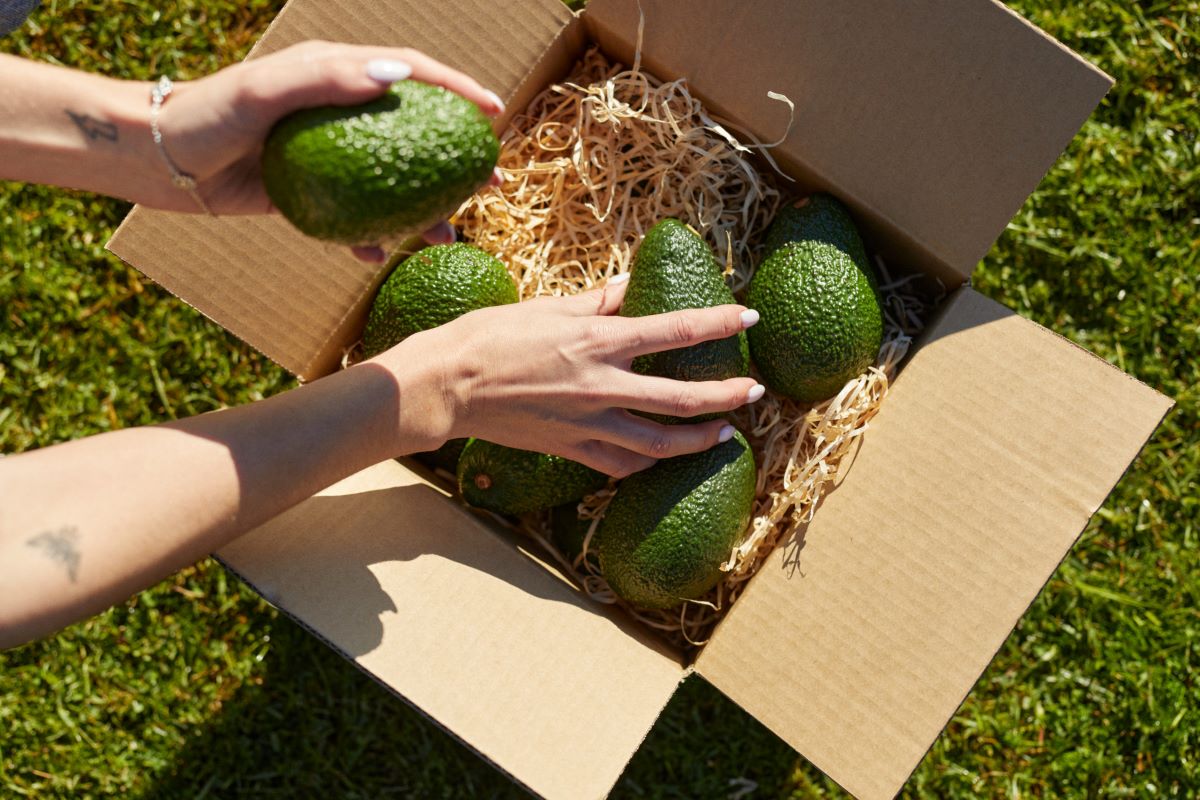
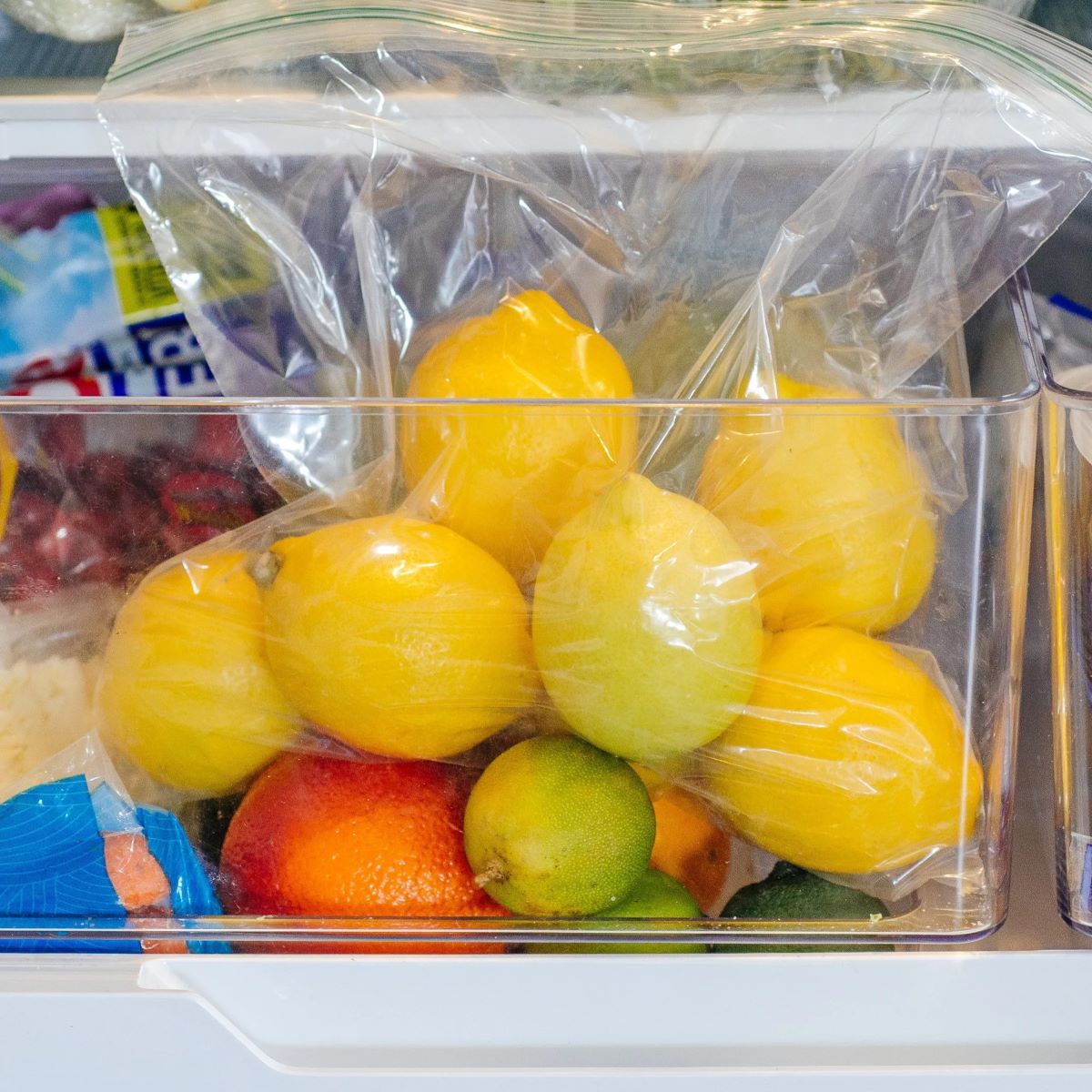

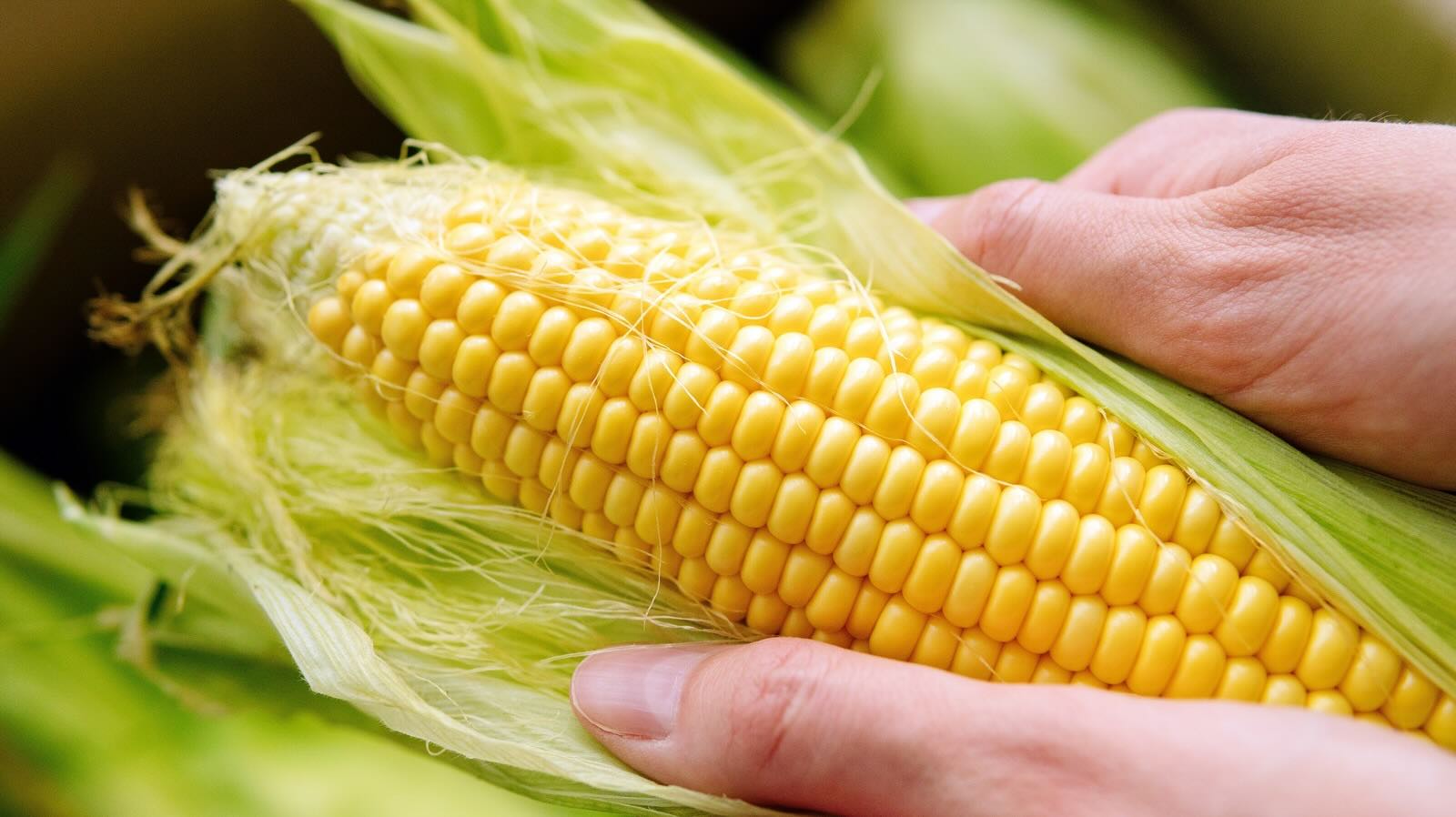
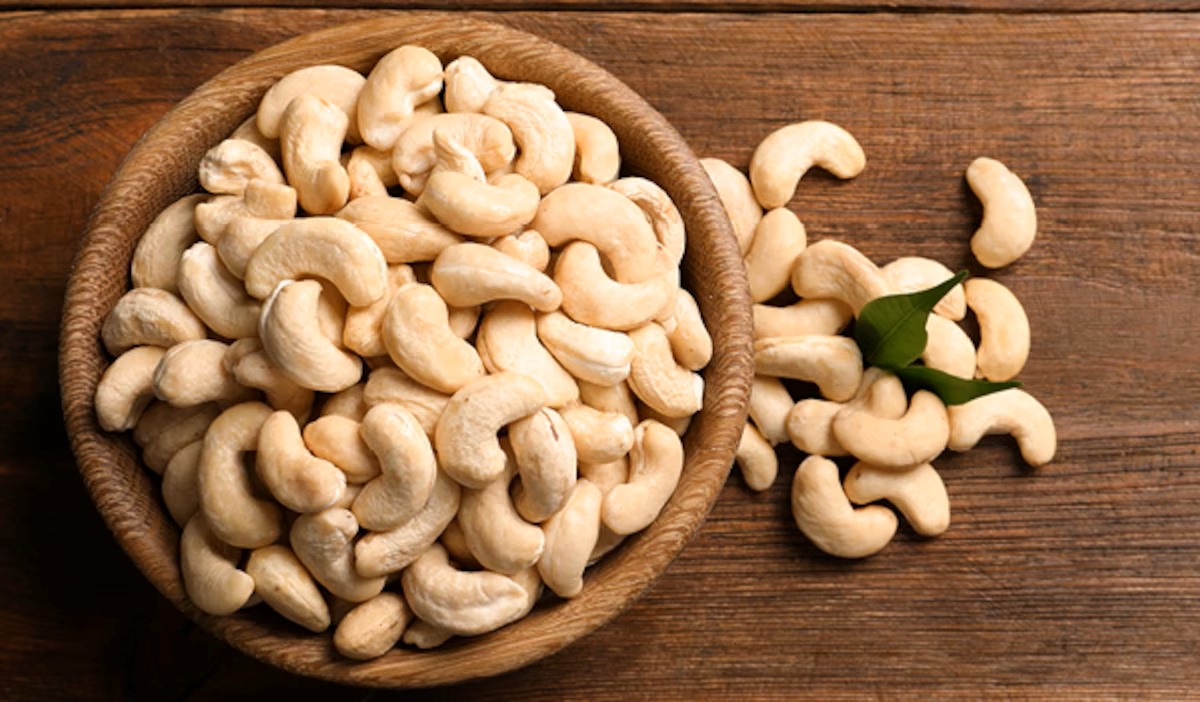
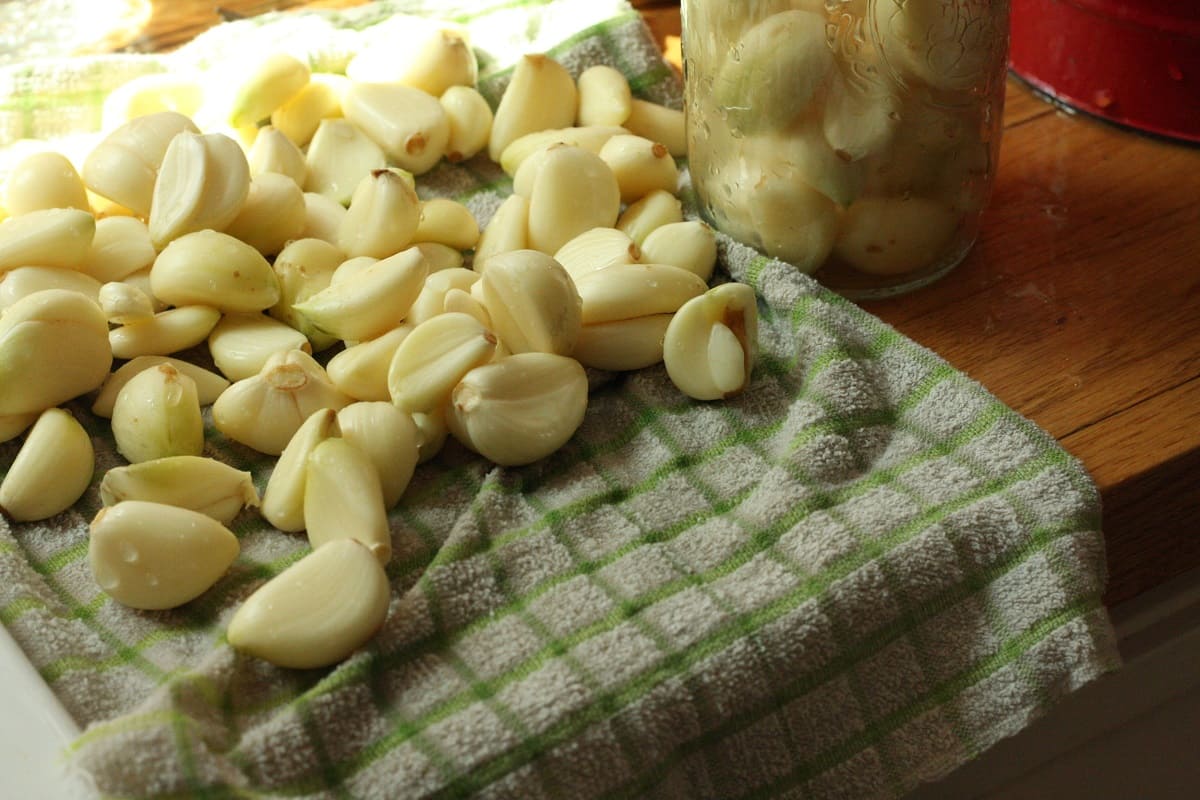
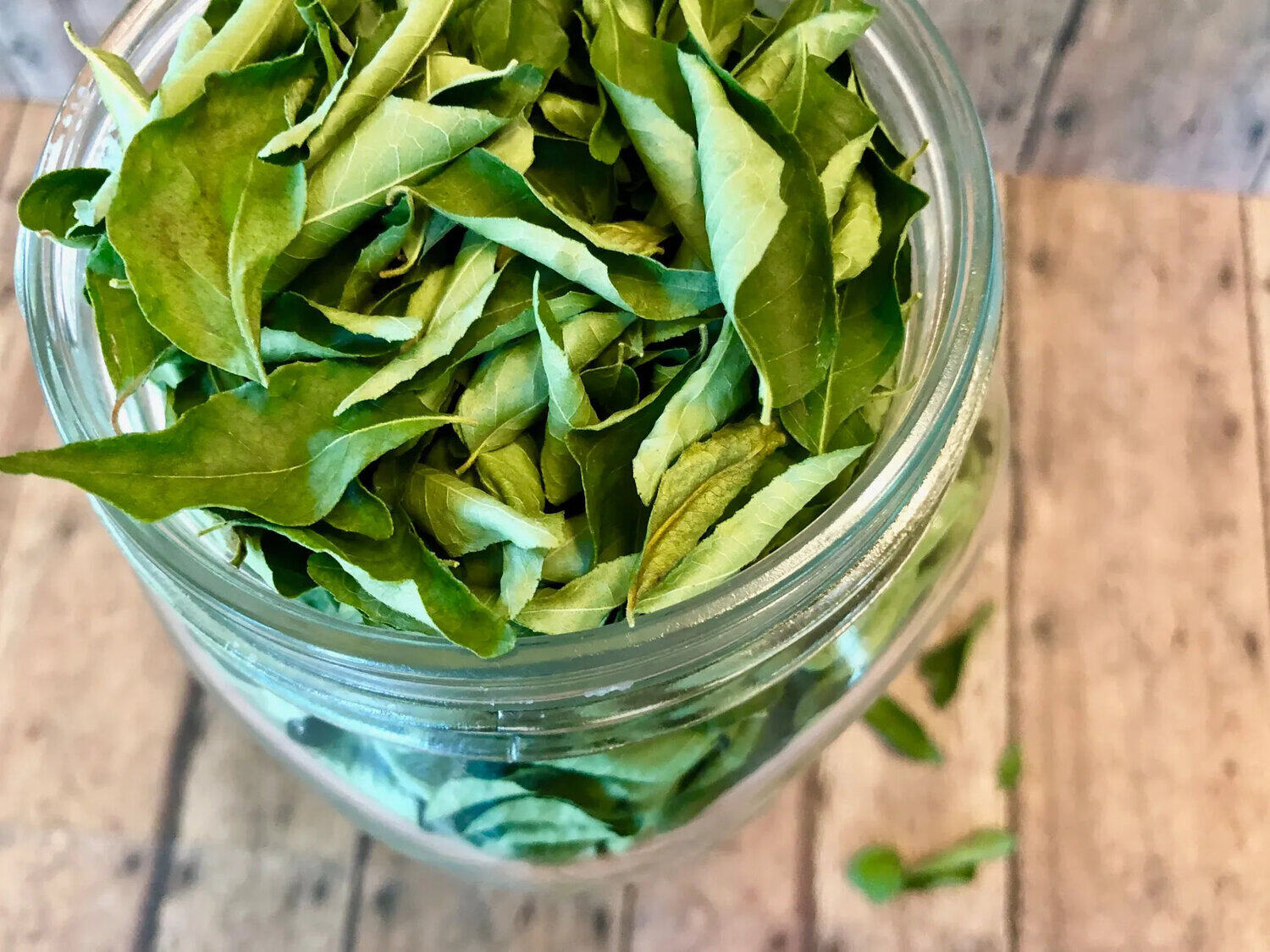



0 thoughts on “How To Store Water For A Long Time”